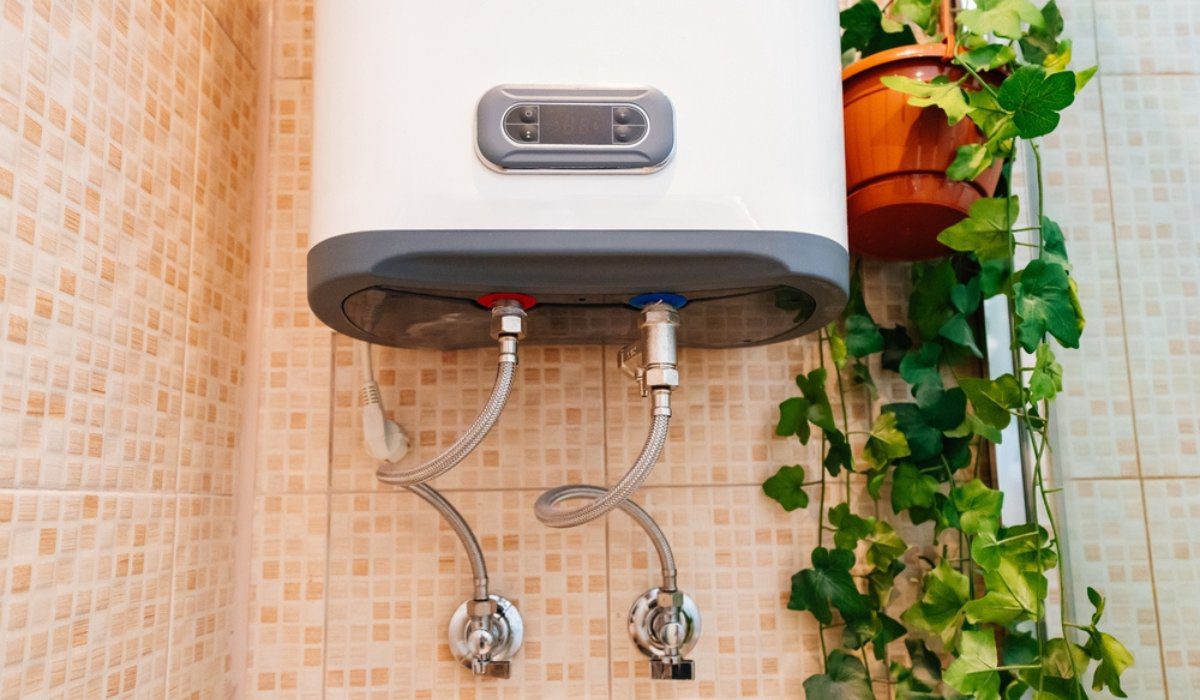Professional Tips for Maintaining Your Home's Hot Water System
Professional Tips for Maintaining Your Home's Hot Water System
Blog Article
Just how do you feel in regards to How to Maintain a Hot Water Heater in a Few Simple Steps?

Hot water is vital for day-to-day convenience, whether it's for a rejuvenating shower or cleaning dishes. To guarantee your hot water system runs effectively and lasts much longer, routine maintenance is essential. This post offers practical pointers and understandings on how to keep your home's hot water system to avoid disturbances and expensive repairs.
Introduction
Preserving your home's hot water system could seem daunting, yet with a couple of basic steps, you can guarantee it operates smoothly for years to find. This guide covers everything from recognizing your warm water system to do it yourself maintenance pointers and understanding when to employ expert aid.
Relevance of Preserving Your Warm Water System
Normal maintenance not just extends the life expectancy of your hot water system but also guarantees it runs efficiently. Ignoring maintenance can cause reduced efficiency, greater power expenses, and also premature failing of the system.
Indications Your Hot Water System Needs Maintenance
Understanding when your hot water system needs focus can stop significant issues. Watch out for indicators such as inconsistent water temperature level, odd sounds from the heating unit, or rustic water.
Comprehending Your Hot Water System
Before diving right into maintenance jobs, it's handy to understand the fundamental components of your warm water system. Usually, this includes the water heater itself, pipes, anode poles, and temperature level controls.
Monthly Upkeep Tasks
Routine month-to-month checks can assist capture minor issues prior to they intensify.
Purging the Hot Water Heater
Purging your water heater gets rid of sediment accumulation, improving efficiency and prolonging its life.
Checking and Changing Anode Rods
Anode poles stop rust inside the container. Checking and replacing them when worn out is essential.
Evaluating and Readjusting Temperature Settings
Changing the temperature level settings ensures ideal performance and safety and security.
Do It Yourself Tips for Maintenance
You can perform a number of maintenance jobs on your own to keep your warm water system in top problem.
Looking for Leakages
Routinely examine pipelines and connections for leaks, as these can bring about water damage and greater expenses.
Examining Pressure Relief Valves
Checking the pressure relief valve guarantees it works properly and avoids extreme pressure buildup.
Shielding Pipelines
Shielding warm water pipes decreases warm loss and can conserve energy.
When to Call an Expert
While DIY maintenance is advantageous, some problems need specialist expertise.
Complicated Issues Needing Expert Help
Instances consist of significant leaks, electrical troubles, or if your hot water heater is constantly underperforming.
Routine Specialist Maintenance Perks
Expert upkeep can include detailed evaluations, tune-ups, and making certain compliance with security requirements.
Conclusion
Normal upkeep of your home's warm water system is important for performance, longevity, and price savings. By adhering to these ideas and understanding when to seek expert aid, you can make sure a trusted supply of warm water without unforeseen disturbances.
How to Maintain an Instant Hot Water Heater
Before tinkering with your hot water heater, make sure that it’s not powered on. You also have to turn off the main circuit breaker and shut off the main gas line to prevent accidents. Also turn off the water valves connected to your unit to prevent water from flowing into and out of the appliance. 2. When you’re done, you have to detach the purge valves’ caps. These look like the letter “T†and are situated on either side of the water valves. Doing so will release any pressure that has accumulated inside the valves while at the same time avoid hot water from shooting out and burning your skin. 3. When the purge valves’ caps are removed, you have to connect your hosing lines to the valves. Your unit should have come with three hoses but if it didn’t, you can purchase these things from any hardware or home repair shops. You can also get them from retail stores that sell water heating systems. Read the user’s manual and follow it to complete this task properly. When the hosing lines are connected, open the purge port’s valves. 4. You should never use harsh chemical cleaners or solutions when cleaning your unit. Make use of white vinegar instead. It should be undiluted and you’ll probably use about 2 gallons. 5. Now flush your water heater. This task should probably take about 40 minutes. We can’t give you specific directions for this because the procedure is carried out depending on the type, model and brand of your heater. With that being said, refer to the user’s manual. 6. When you’re done draining the unit, you have to turn off the purge port valves again. Remove the hosing lines that you earlier installed on each of the water valves. Put the valve caps (purge port) back in their respective places and be very careful so as not to damage the rubber discs that are found inside these caps. 7. Now that everything’s back in place, check your user’s manual again to find out how to reactivate your water heating system. 8. Once it is working, turn one of your hot water faucets on just to let air pass through the heater’s water supply pipes. Leave the tap on until water flows smoothly out of it. https://www.orrplumbing.com/blog/2014/september/how-to-maintain-an-instant-hot-water-heater/

As an avid person who reads on Tips For Maintaining Your Hot Water Heater, I think sharing that excerpt was worth the trouble. Be sure to pause to distribute this page if you liked it. I truly appreciate reading our article about Water Heater Maintenance Tips You Can't Afford to Forget.
Pricing Report this page